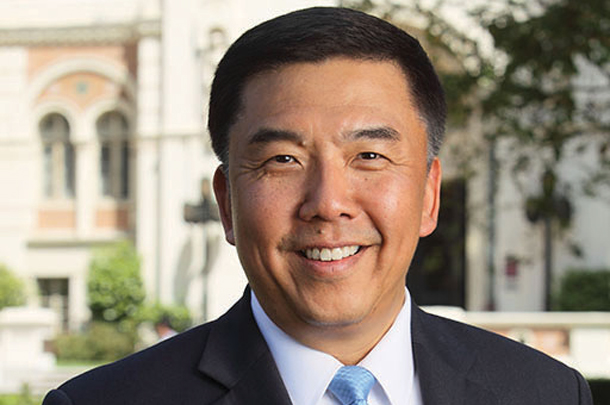A rodent’s incisors never stop growing.
It’s one of the reasons that mice gnaw through cupboards, hamsters chomp mindlessly on metal cage bars, and rats will chew through, well, just about anything. They need to wear down those ever-growing incisors, which, if left unchecked, could grow so long that the animal might starve.
As unappealing as it all might sound, a rodent’s dental anatomy gives researchers powerful insight into how to regenerate human teeth, which could change the way dental restorations — crowns, bridges and “fillings” — are handled in the dental office.
In an article published in the May 2015 issue of Development Cell, USC researchers studied the biological mechanisms underlying the continuously growing rodent incisor. In the study, the research team — led by Yang Chai, DDS, PhD, associate dean of research, holder of the George and Mary Lou Boone Chair in Craniofacial Molecular Biology at the Herman Ostrow School of Dentistry of USC and director of the Center for Craniofacial Molecular Biology — compared the cells that become mouse incisors with those that become molars, which, as in humans, stop developing after crown formation.
“The major idea of the paper focused on how incisors and molars start with similar developmental processes but differ in tissue homeostasis due to the differing fates of their dental epithelial stem cells,” said Weston Grimes, one of two dental students involved in the study. The other student was Hoang Anh Ho.
It’s these different stem cell fates that leave incisors with a bustling population of epithelial and mesenchymal stem cells to keep them growing throughout life while the stem-cell population of molars lies dormant, the article explained.
“If we can someday use this knowledge to reactivate those stem cells, then we could regrow part of the root,” Chai said.
The discovery means that, in time, a dentist might one day reach for a living tooth regenerated in a lab to replace a broken tooth instead of amalgam or porcelain, Chai explained.
— John Hobbs


